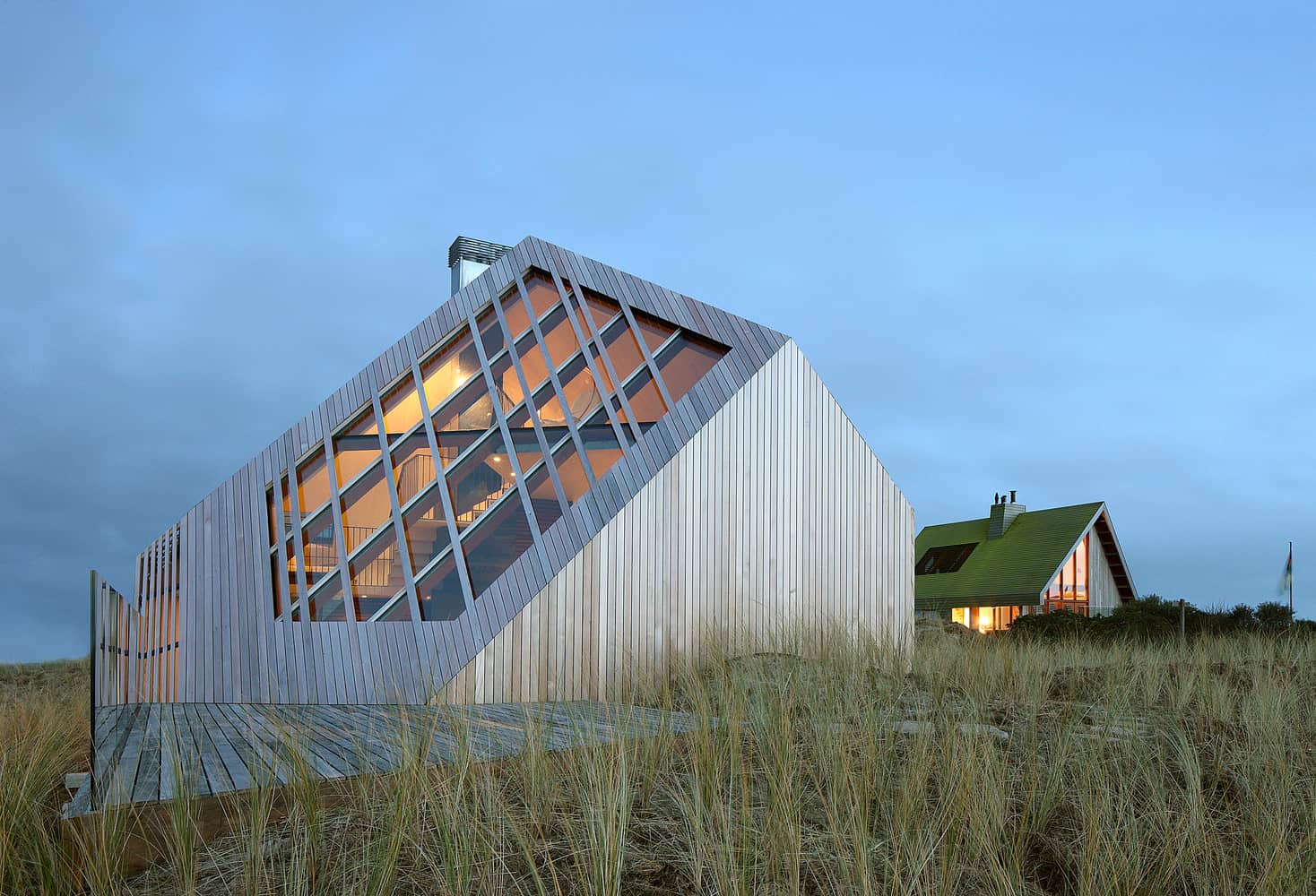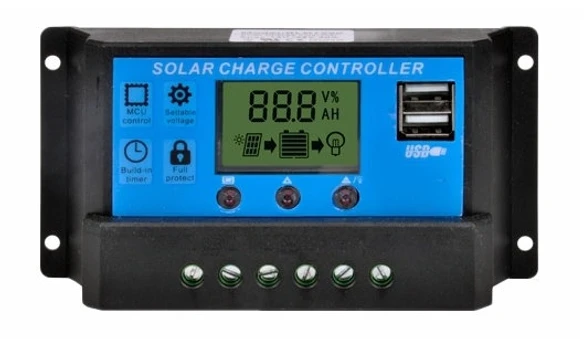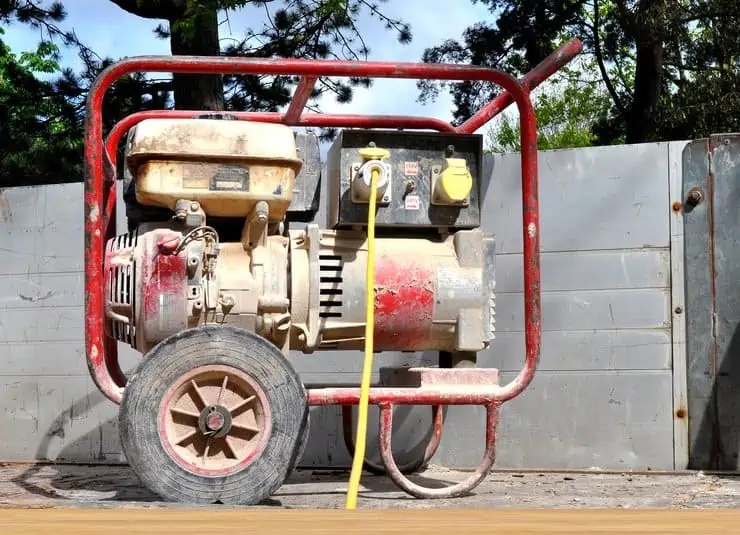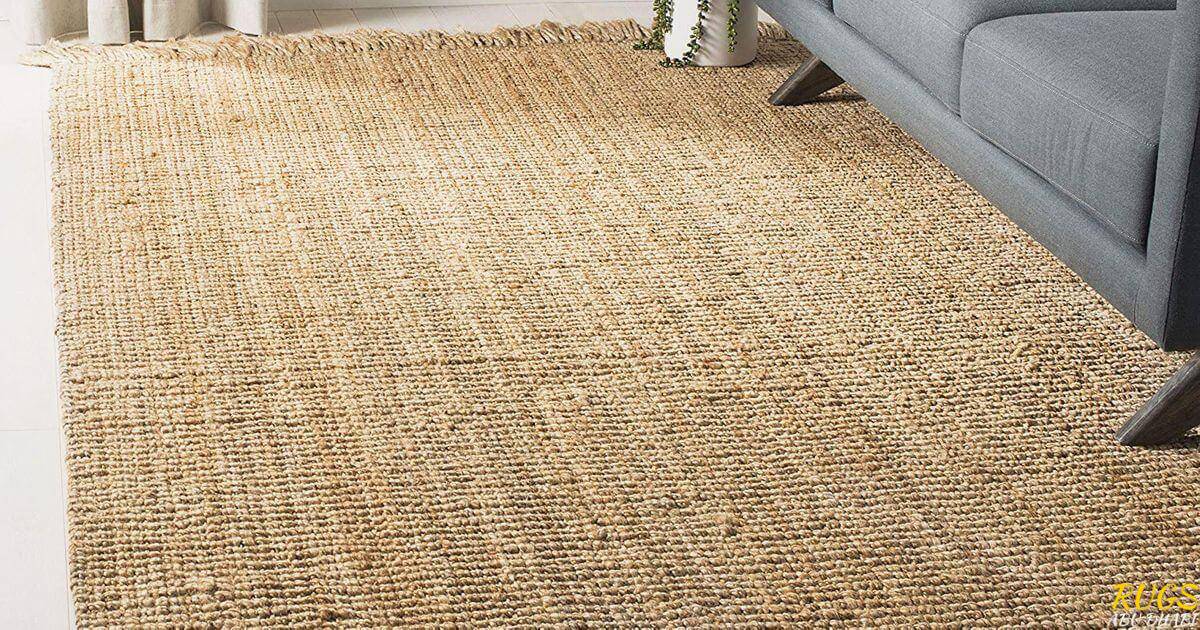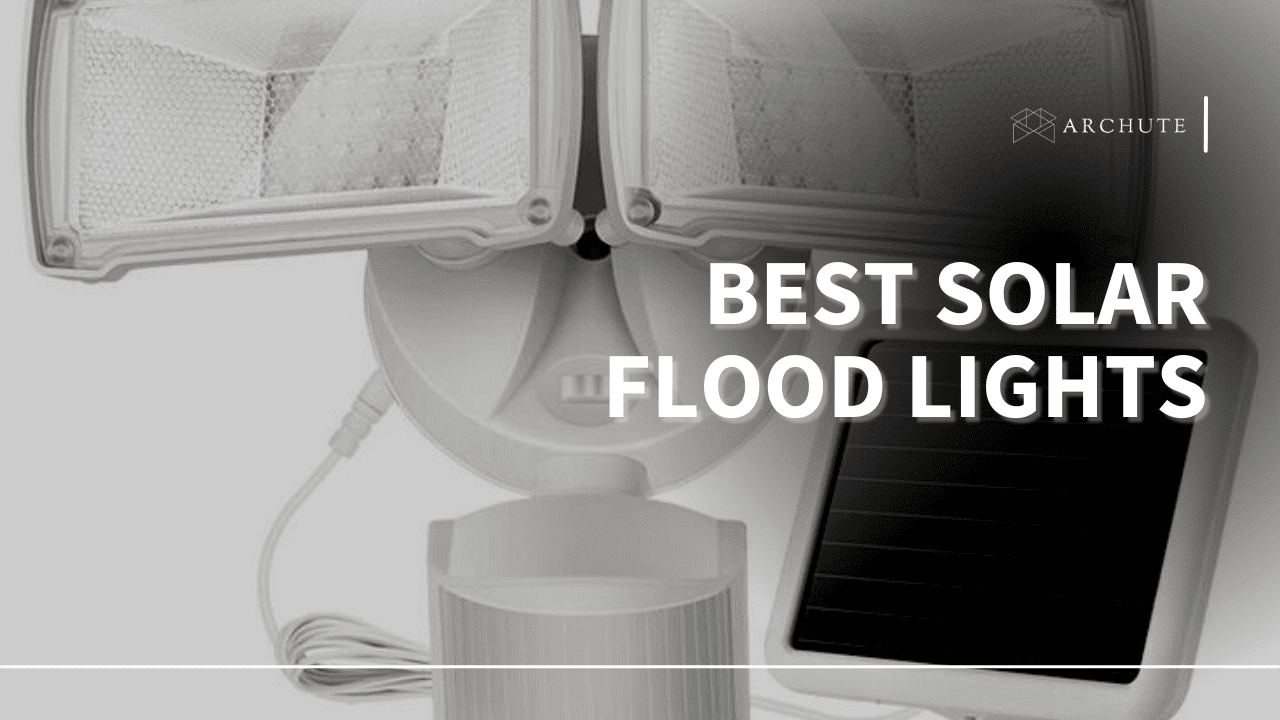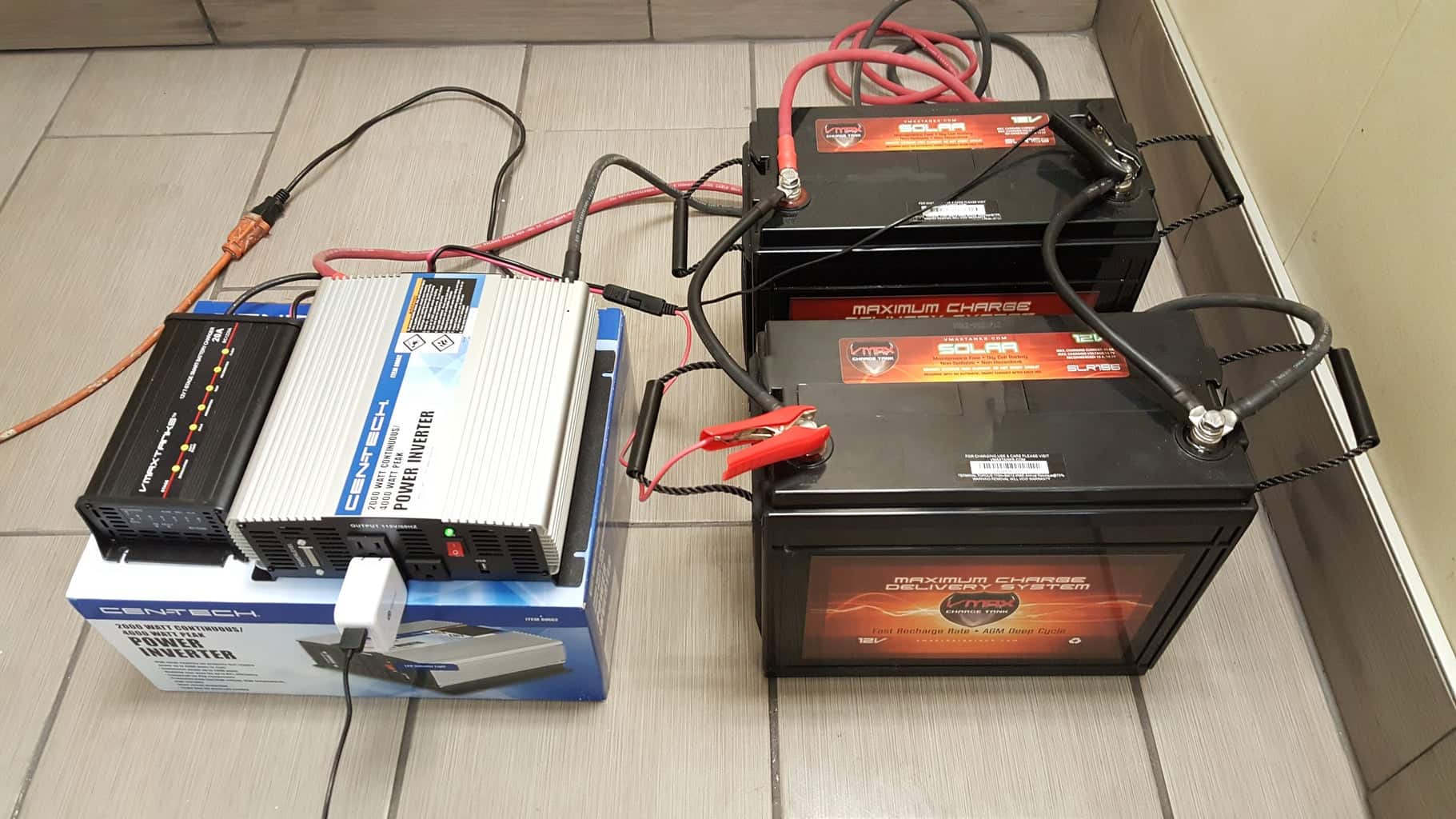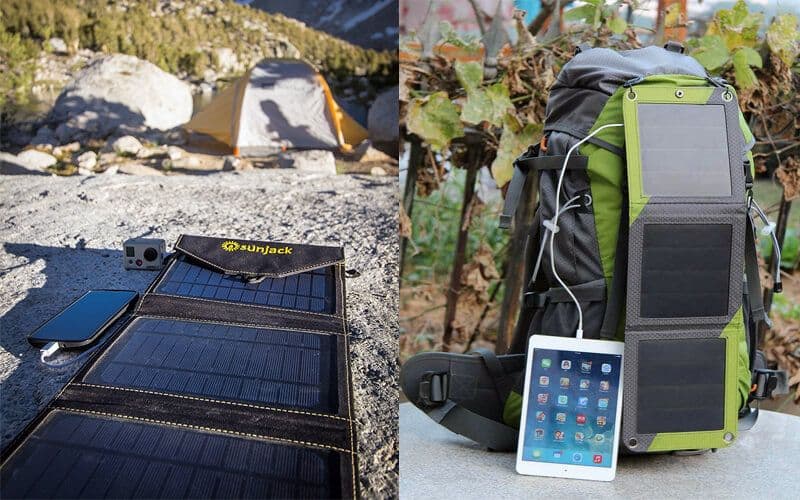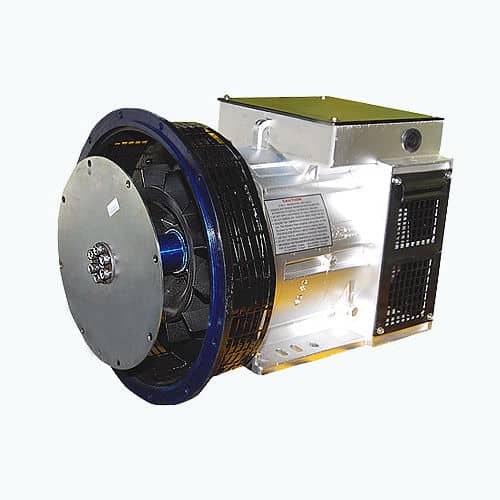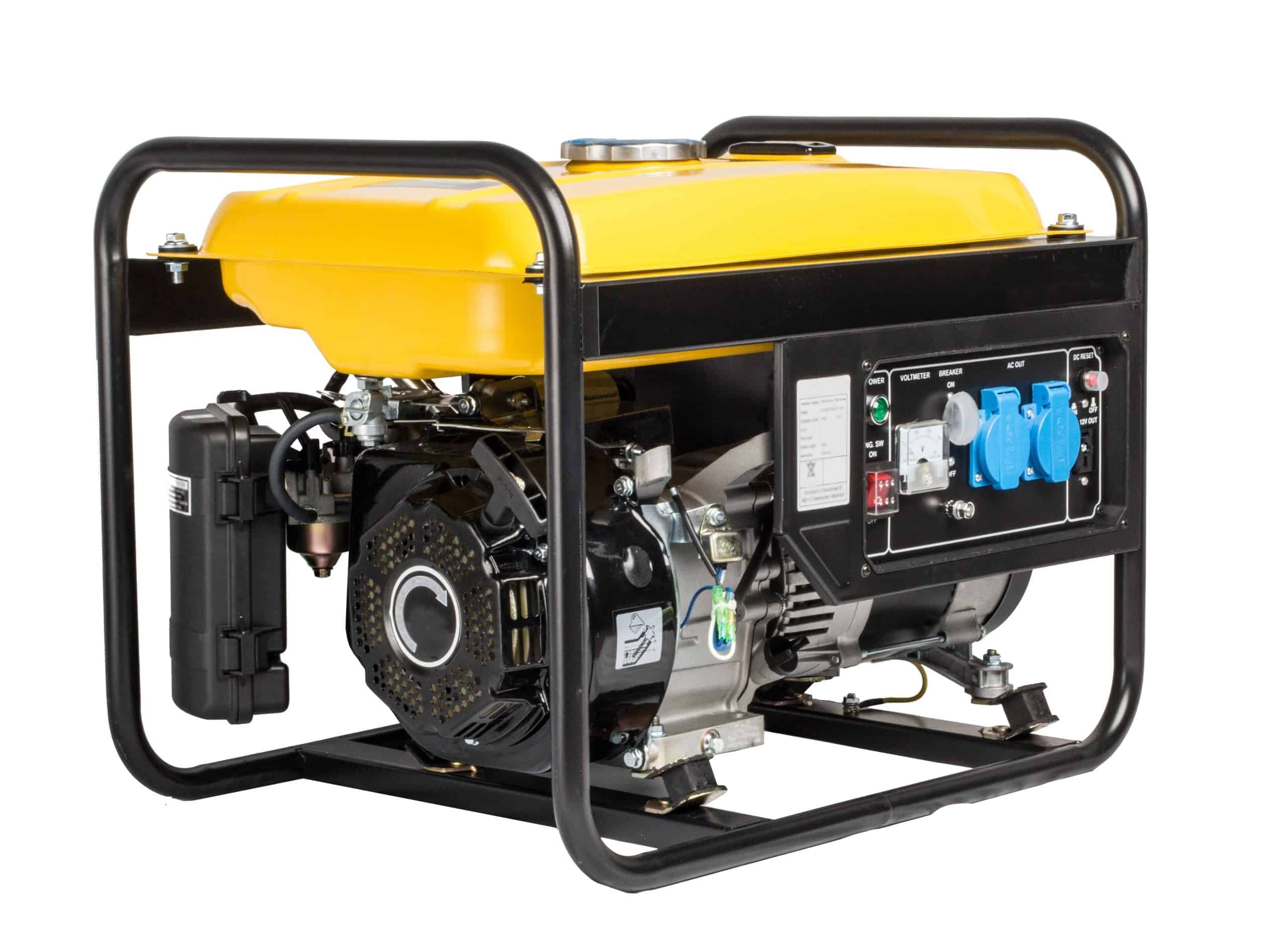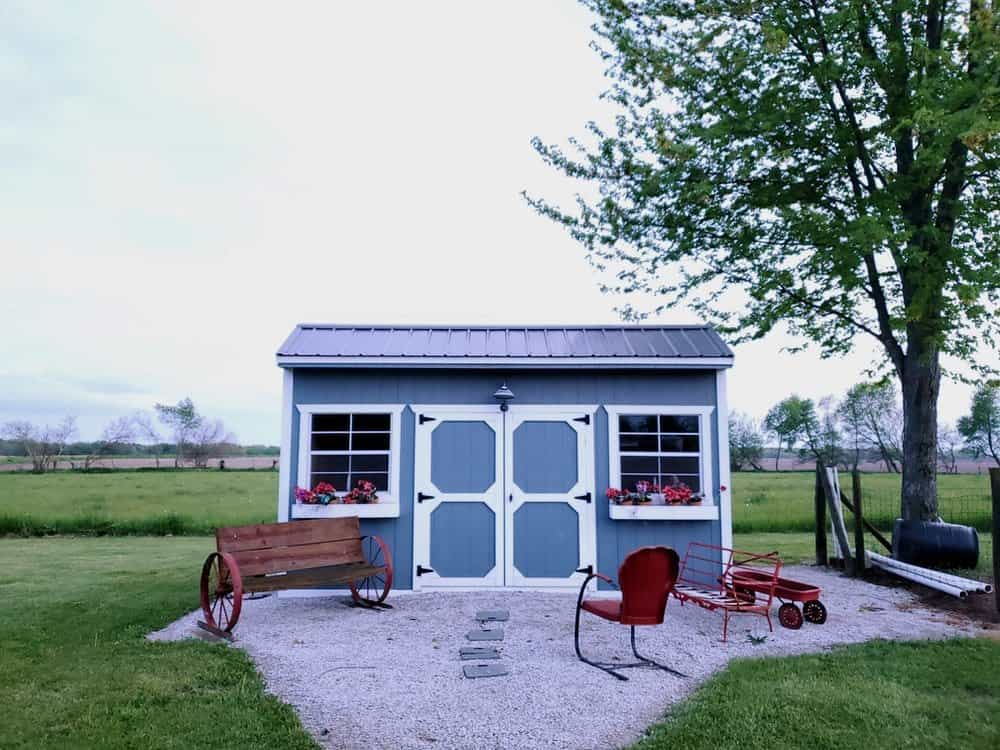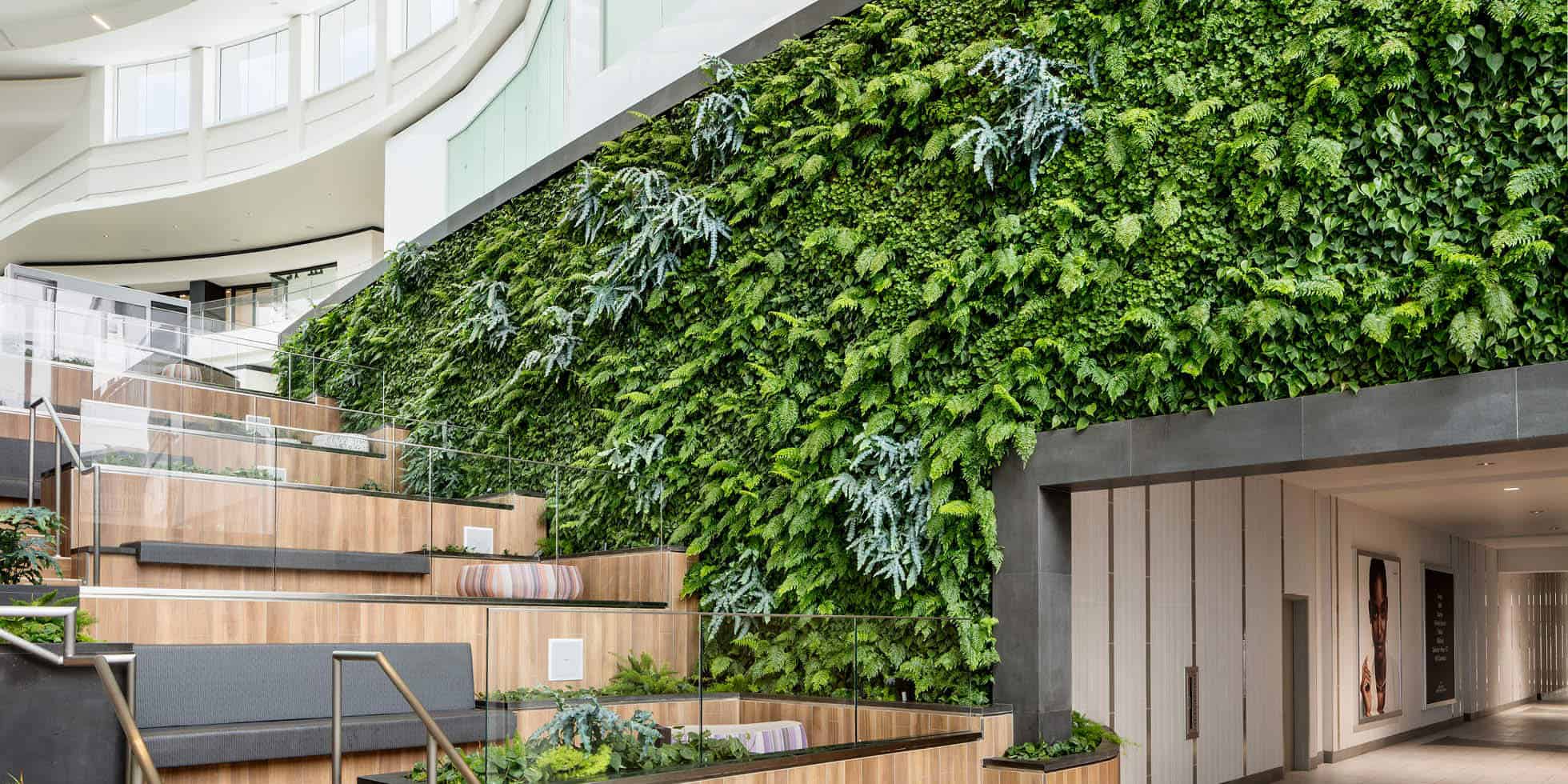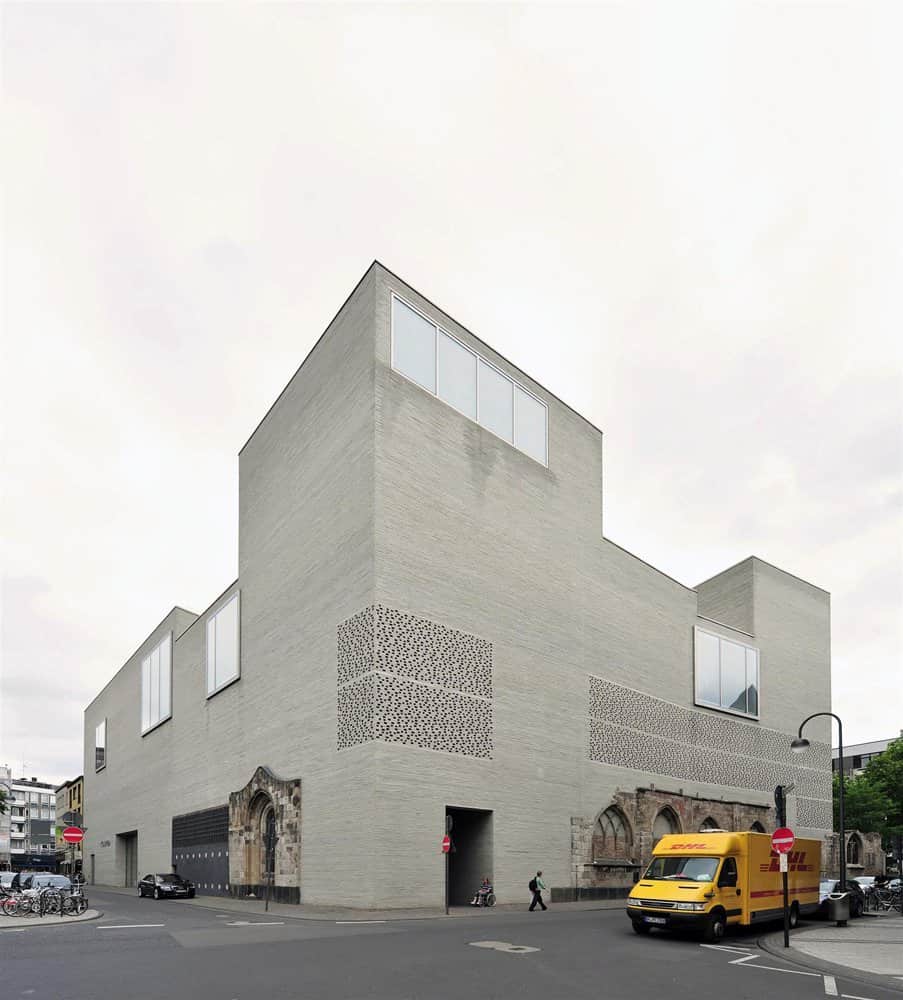The Dune House is majestically inlaid into the dunes of Terschelling's northern coastline, providing a glorious panorama of the North Sea as it towers over the landscape. I steadfastly believe that it serves as a practical illustration of Form, Space, Order, and Location, themes previously discussed in an article published a couple of weeks ago.
From the onset, Marc Koehler Architects had an intent that the forces of nature prevalent in the immediate environment – the sea, the sunlight and the local wind patterns – determine the design in such a way as if they themselves had sculpted the house. It is, as I have insisted above, a very contextual design – every material was chosen after close examination of the colours and textures found on and around site.
This resulted in a peculiar architectonic object, a wooden diamond that is experienced very differently from each of its sides; fully integrated in the landscape and yet also makes a strong but subtle connection between the interior and its immediate surroundings.
The loft-like house recreates the experience of having a walk on the dunes in its interior as a spiralling “promenade architecturale” around its core as one continuous path from platform to platform, each just a few steps higher than the next, that generates very interesting spatial and visual relations in between each of the rooms but also towards the landscape, as each opening in the house has been shaped, sized and positioned in a specific way, always related to the functions associated to each space.
This respect towards the environment also translated in the choice of a construction method with the use of modular prefabricated wooden panels, previously designed using BIM software that allowed to drastically reduce the building time. The intensive use of wood, the implementation of passive methods to avoid unwanted heat gains and losses combined with the self-generation of energy through solar panels and a biomass run fireplace, make the Dune House a very environmentally friendly design with a minimal ecological footprint.
Project Information
Architect:
Marc Koehler Architects
Location:
Terschelling, Netherlands
Client: Dr. Ing. h.c. F. Porsche AG & Autostadt GmbH
Lead Architect: Carlos Moreira
Design Team: Kasia Heijerman, Miriam Tocino, Anna Szcsurek, Jakub Zoha
Contractor: P.A. Wiersma Aannemingsmaatschappij BV
Area: 180 sqm
Status: Completed, 2015
Photographs: Filip Dujardin

